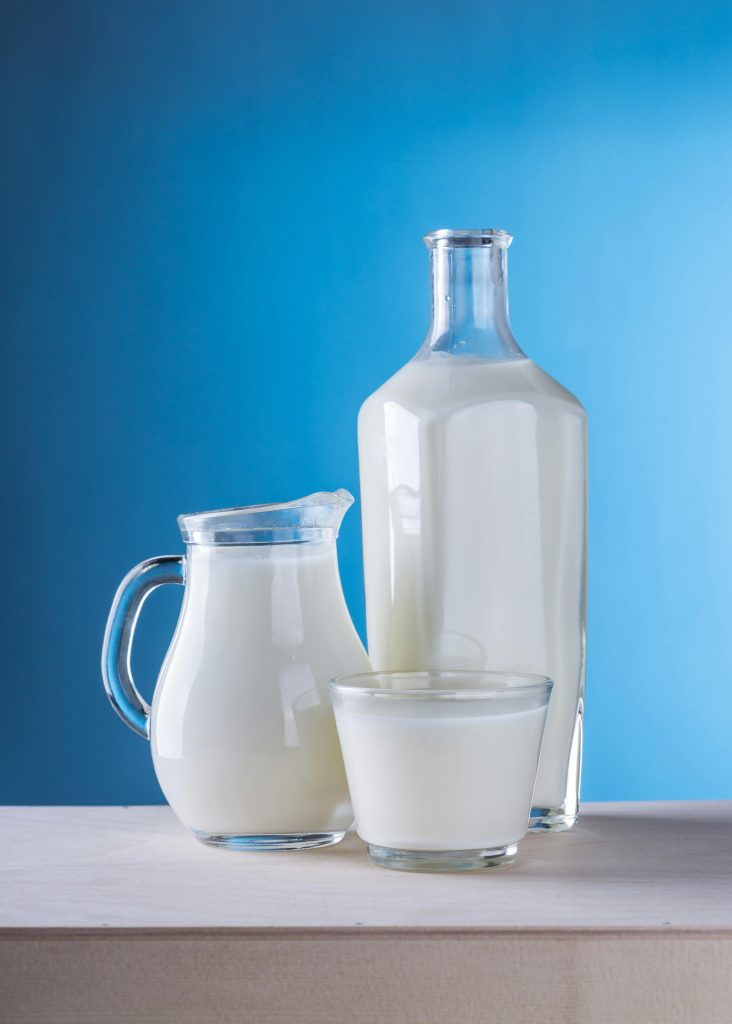All fields are required
Posted in Campylobacter,cryptosporidium,E. coli,Food Safety,Listeria,Our Blog,Salmonella on October 28, 2024

Raw milk sales rise especially in rural areas around the country but what do you need to know about this? The backyard farmer will of course tout the greatness of this milk and while I don’t find myself in heated debate with them on social media I am personally hesitant to just go buy some milk from a random person after being so accustomed to buying milk in the grocery store that has been pasteurized,
What is raw milk? Some compare it to the breastmilk of a mother, while others say that is should absolutely never be consumed. I did a deep dive through the CDC to find out what they consider raw milk and get some suggestions on how to handle the rise in its popularity.
Raw milk is milk that has not been pasteurized, a process that removes disease-causing germs by heating milk to a high enough temperature for a certain length of time. It’s important to understand that raw milk can be a source of foodborne illness. While good practices on farms can reduce contamination, they cannot guarantee safety from harmful germs. Pasteurized milk offers the same nutritional benefits without the risks of raw milk consumption. Since the early 1900s, pasteurization has greatly reduced milk-borne illnesses.
When all is said and done consuming raw milk can make you sick, but how sick?
How can you prevent illness? It looks as easy as knowing where your milk is coming from and that it has been pasteurized.
Based on CDC data, literature, and state and local reports, FDA compiled a list of outbreaks that occurred in the U.S. from 1987 to September 2010. During this period, there were at least 133 outbreaks due to the consumption of raw milk and raw milk products. These outbreaks caused 2,659 cases of illnesses, 269 hospitalizations, 3 deaths, 6 stillbirths and 2 miscarriages. Because not all cases of foodborne illness are recognized and reported, the actual number of illnesses associated with raw milk likely is greater.
Symptoms of illness caused by consuming raw milk include: vomiting, diarrhea, abdominal pain, fever, headache, and body ache. Most healthy people will recover from illness caused by harmful bacteria in raw milk – or in foods made with raw milk – within a short period of time, however, some individuals can develop symptoms that are chronic, severe, or even life threatening.
If you or someone you know becomes ill after consuming raw milk – or, if you are pregnant and think you could have consumed contaminated raw milk or cheese made from raw milk – see a doctor or healthcare provider immediately.
So many people will say how good raw milk is for you and all of the things you can do with it. But are there any true known benefits? The FDA answers simply: NO.
As a science-based regulatory agency, the FDA looks to the scientific literature for information on benefits and risks associated with raw milk. While the perceived nutritional and health benefits of raw milk consumption have not been scientifically substantiated, the health risks are clear.
Pasteurization is a process that kills harmful bacteria by heating milk to a specific temperature for a set period of time. Pasteurization kills the bacteria responsible for diseases such as listeriosis, salmonellosis, campylobacteriosis, typhoid fever, tuberculosis, diphtheria, and brucellosis, as well as other bacteria. However, pasteurized milk still contains low levels of the type of nonpathogenic bacteria that can cause food to spoil, so it is important to keep pasteurized milk refrigerated.
Some lead others to believe that pasteurization causes milk allergies. This has been debunked also “The milk proteins which cause allergic reactions in dairy-sensitive people are present in both raw milk and pasteurized milk.” It also does not help or hurt lactose intolerance “Lactose intolerance is due to an insufficient production in the body of the enzyme needed to break down lactose, beta-galactosidase. Lactose is present in both raw milk and pasteurized milk at the same concentration. Pasteurization does not impact the concentration of lactose.”
There is no scientific finding to show that raw milk cures any illness or allergy.
For more information about food safety, storage and other fun food facts please keep an eye on Make Food Safe as we update daily to keep you “in the know” for recalls and other food safety advice.